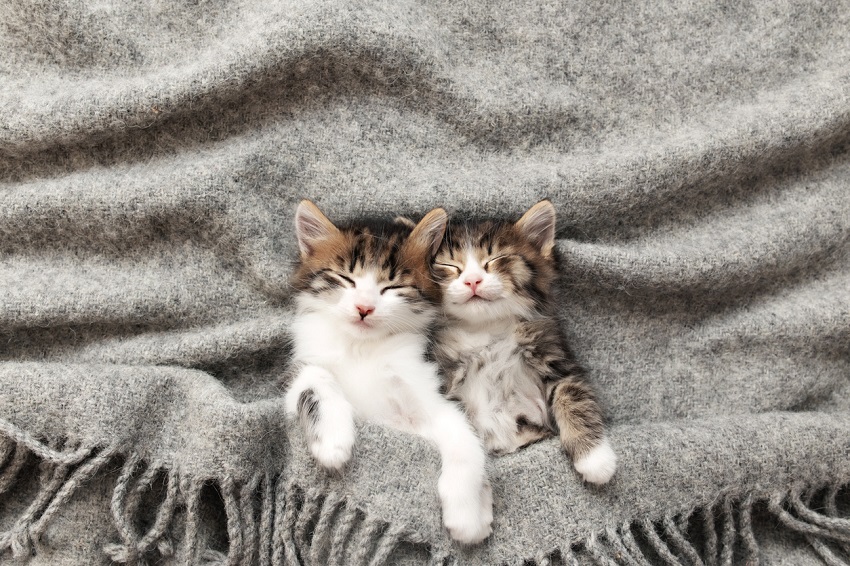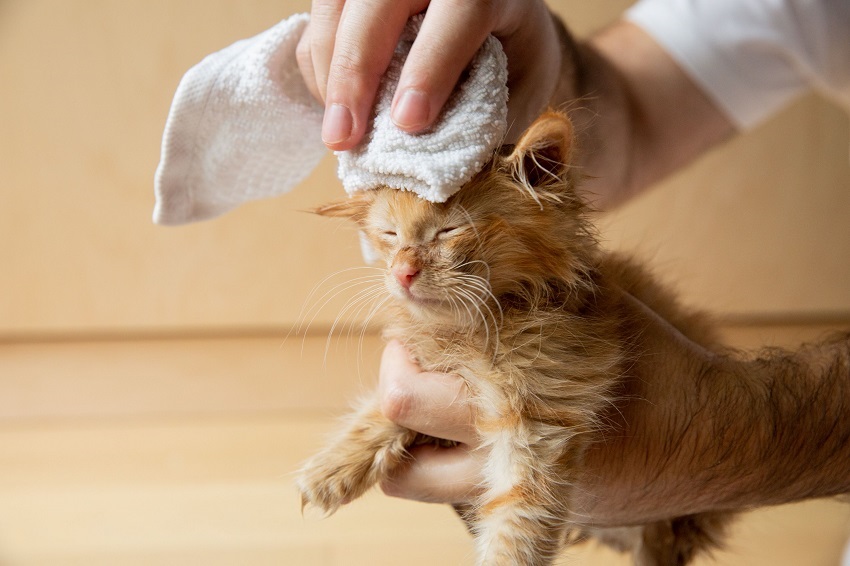
18 Jul Is it Okay to Bathe a 3-Month-Old Kitten?
As a pet owner, it’s essential to ensure the well-being and cleanliness of your furry companions. Cats, known for their grooming habits, usually keep themselves clean. However, there may be situations where you need to give them a bath, such as when they get into something dirty or sticky. When it comes to bathing a young kitten, like a 3-month-old, it’s essential to approach it with caution and follow appropriate guidelines. In this article, we’ll explore the topic of bathing a 3-month-old kitten and provide you with valuable insights and tips. This article is presented by https://www.globaeroshop.com/
Understanding the Needs of a 3-Month-Old Kitten
Before diving into the process of bathing a young kitten, it’s crucial to understand their unique needs. At three months old, kittens are still developing both physically and mentally. If you are wondering when can you bathe a kitten, it’s important to note that most veterinarians recommend waiting until they are at least eight weeks old and have been weaned from their mother. This allows their immune system to fully develop and their skin to become more resilient.
Assessing the Need for a Bath
The first step is to determine if your 3-month-old kitten actually needs a bath. Generally, kittens are skilled groomers from a young age and can keep themselves clean. However, there are situations when a bath becomes necessary. These include:
- Accidental Soiling: If your kitten gets into something dirty or sticky, a bath may be required to remove the substance from their fur.
- Flea Infestation: If your kitten has a flea infestation, a bath with appropriate flea shampoo can help eliminate the parasites.
- Skin Conditions: In some cases, kittens may develop skin conditions that require regular bathing with medicated shampoo as advised by a veterinarian.
It’s important to consult with a veterinarian to determine if bathing is necessary for your specific kitten and to get guidance on the appropriate products to use.
The Bathing Process
When bathing a 3-month-old kitten, it’s crucial to approach it gently and with patience. Follow these steps to ensure a safe and stress-free experience for both you and your furry friend:
Step 1: Gather the Necessary Supplies
Before beginning the bathing process, gather all the supplies you’ll need. This includes:
- Kitten-friendly shampoo: Use a mild, specifically formulated kitten shampoo to avoid any skin irritations.
- Warm water: Fill a small basin or sink with lukewarm water. Ensure the water temperature is comfortable for your kitten.
- Soft towels: Have a few soft towels ready to dry your kitten after the bath.
- Cotton balls: These can be used to gently clean the kitten’s ears, taking care not to insert them too deeply.
Step 2: Create a Calm Environment
Find a quiet and secure space where you can bathe your kitten. Close any doors or windows to prevent escapes. Consider playing soft music or speaking in soothing tones to help keep your kitten relaxed.
Step 3: Introduce Your Kitten to Water Gradually
Start by introducing your kitten to the water gradually. Dip your hand in the lukewarm water and gently stroke your kitten’s fur. Once your kitten seems comfortable, you can begin wetting their body using a cup or your hand, taking care to avoid their face.
Step 4: Apply the Kitten Shampoo
Apply a small amount of the kitten shampoo to your hand and gently work it into your kitten’s fur, starting from the neck and moving towards the tail. Be careful to avoid getting shampoo in their eyes, ears, or mouth. Use a washcloth or sponge to help create a lather.
Step 5: Rinse Thoroughly
After shampooing, rinse your kitten thoroughly to remove all traces of shampoo. Use the cup or your hand to pour lukewarm water over their body, ensuring you remove all the soap. Take care to support their body during the rinsing process.
Step 6: Dry Your Kitten
Once the bath is complete, wrap your kitten in a soft towel and gently pat them dry. Avoid vigorously rubbing the towel against their delicate skin. You can use a hairdryer on a low setting if your kitten is comfortable with the noise and warm airflow. Remember to keep the hairdryer at a safe distance and avoid using it around the face.
In conclusion, bathing a 3-month-old kitten can be done safely and effectively when following the appropriate guidelines. It’s important to assess the need for a bath and create a calm environment for your furry friend. With patience and gentle handling, you can maintain their cleanliness and ensure their well-being. Remember to consult with a veterinarian for specific advice based on your kitten’s needs.
FAQs
- How often should I bathe my 3-month-old kitten?
The general rule is to avoid bathing kittens unless necessary. However, if your kitten requires a bath, it’s best to consult with a veterinarian for guidance on frequency.
- Can I use regular shampoo for my kitten?
No, it’s important to use a mild, specifically formulated kitten shampoo. Regular shampoos can contain harsh ingredients that may irritate your kitten’s skin.
- What if my kitten is afraid of water?
If your kitten is afraid of water, introduce them to the bathing process gradually. Start by using a damp cloth to clean their fur and gradually progress to a full bath as they become more comfortable.
- Can I bathe my kitten with other pets around?
It’s best to bathe your kitten in a calm and secure environment, free from other pets. This helps reduce stress and ensures the safety of your kitten during the bathing process.
- How can I make bath time enjoyable for my kitten?
To make bath time more enjoyable, ensure the water temperature is comfortable, play soft music, and speak in soothing tones. Reward your kitten with treats and praise after the bath to create positive associations with the experience.


Sorry, the comment form is closed at this time.